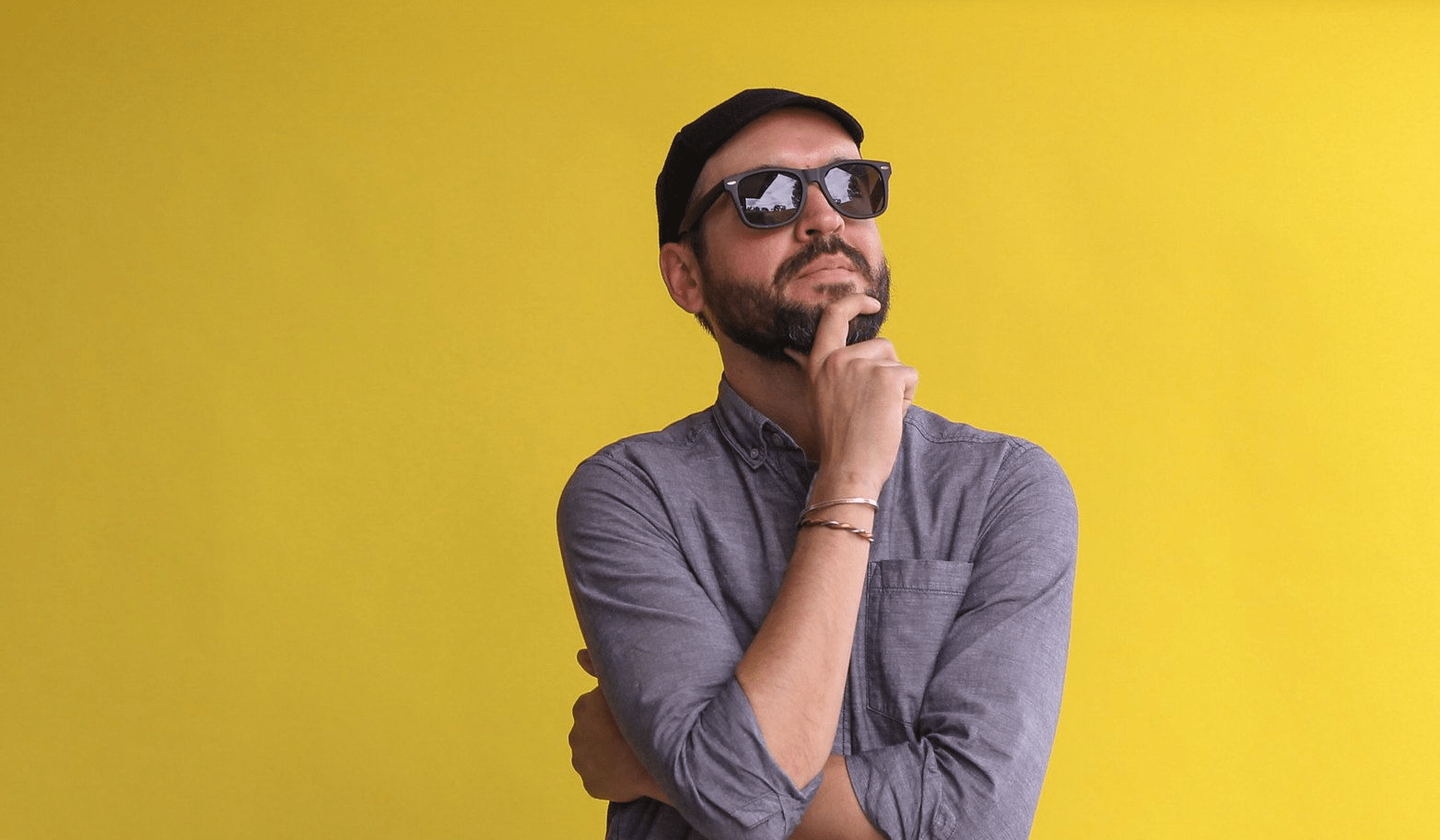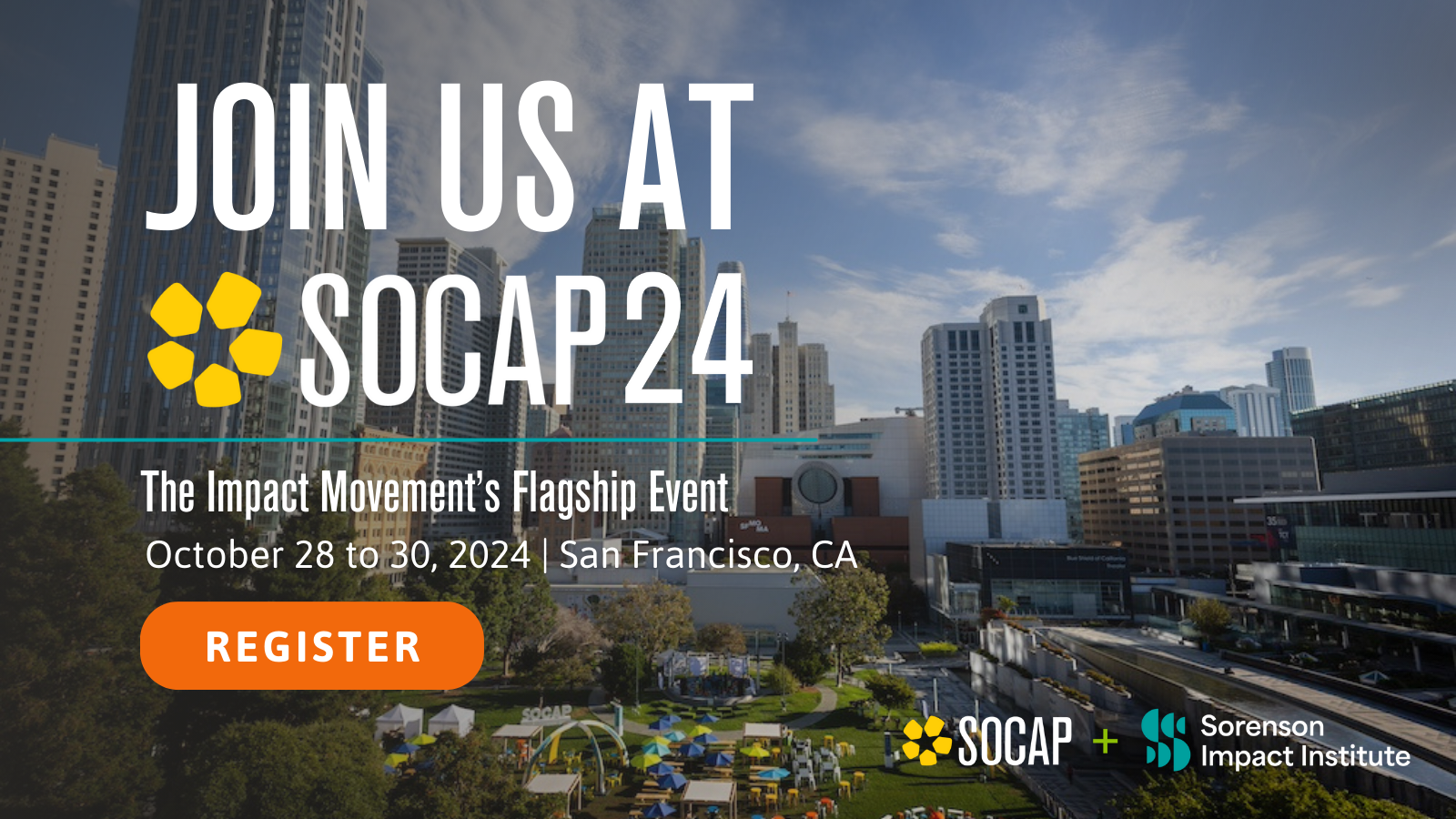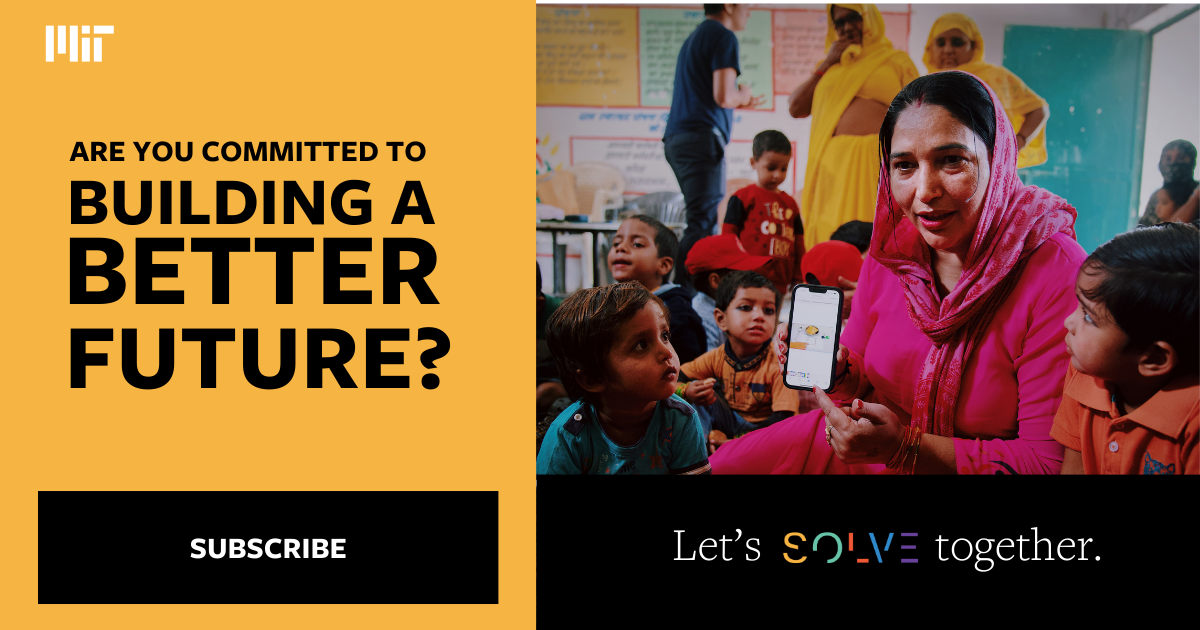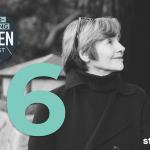Design, if it is to be ecologically responsible and socially responsive, must be revolutionary and radical in the truest sense.
Victor J. Papanek
Would it surprise you to know that Mr. Papanek made the statement quoted above in 1971? In Design for a New World, he asserted that “Only a small part of {the designer’s} responsibility lies in the area of aesthetics.” His writings were considered controversial and became the foundation for what is now design ethics and Green Design.
And still as we sit smack in the middle of 2020 and a global climate crisis, the reality is that design accounts for a massive portion of our carbon emissions and energy use – and for many of us, it is primarily thought of as aesthetics.
In one of the early scenes of Dirty Dancing, Mr. Houseman (Baby’s Father) says to the resort owner, “Max, our Baby is gonna change the world.” Mr. Kellerman looks at her sister, and says, “And what are you going to do, missy?” Baby responds, “Oh, Lisa’s going to decorate it.” Even then (then being the 60’s – the era of the movie – and 1987 – the era when it was made), the ones changing the world were separated from the ones decorating it.
One of the greatest things about our current culture is that we are living in a time where infusing the two is becoming mainstream.
I would say the first part of this shift came in 2009 with the release of Tim Brown’s book, Design for Change. In this wildly popular book, the CEO of IDEO explained that the strategies and techniques that designers use belong at every stage of business. He called the process Design Thinking and defines it as the collaborative process by which the designer’s sensibilities and methods are employed to match people’s needs with what is technically feasible and a viable business strategy. The just-about-to-fail early startup, AirBNB started testing it and the rest, as they say, is history. Now, the term Design Thinking is thrown around as easily and often as other startup buzzwords, such as lean startup, hockey stick graphs, and pivot. It has been adopted across almost every industry and in both the public and private sectors. Design Thinking teaches creative leaders to infuse design thinking into every level of an organization, product, or service to drive new alternatives for business and society.
It follows pretty easily that if thinking like a designer will help non-designers change the world,
designers should be at the forefront of any change we want to make.
After all, they don’t have to learn anything new; they already think like a designer.
And, they have an extra advantage. Designers are by their very existence culture shifters. They are the literal trend-setters and gatekeepers. After all, design is based in art, and the best art has always been intended to make us stop and think and question everything we’ve been told is true. Art and design have the power, the privilege, and the responsibility of imagining new things and decorating them, designing them, building them, branding them, or coding them.
One of the key elements needed to create a movement is a shared identity. I remember talking to my Gen Z daughter one day about the need to move away from identity politics and labels in order to build a more intersectional and inclusive movement. She explained to me that labels can carry a lot of value. Her example was about teenagers reading about or discovering different types of sexual orientations online and having an “aha” moment when they read the one that describes how they feel – not only does it give a name to a core part of them, but it also tells them that if it has a name, there are more people who feel that way. They are not weird or different; they just haven’t connected with their people yet.
And so, if we want designers who design for climate change, we need to give them the power to identify as Climate Designers.
That is exactly what Marc O’Brien, co-founder of The Determined is doing with his new venture, Climate Designers. The Determined is one of the few solely climate-focused creative studios. They are using innovative design strategies to amplify climate projects and thereby increase the impact those projects have.
Marc and his co-founder Sarah Harrison are designers, educators, mentors, advisors, and more. They are skilled in and apply today’s top principles for change including Thinking Wrong, Prototype Thinking, Lean Startup, Human Centered Design, and, of course, Design Thinking. They also believe pretty strongly that design is here to change the world. And they are doing everything they can to make that happen, including their decision to work exclusively on climate change focused projects.
Marc told me that he feels we need more designers using more creative ideas and all their talents to address climate change. According to Greg Satell in a Harvard Business Review Article, making your purpose clear is one of the key things needed to create a successful movement. With the publication of a 2020 version of the well-known First Things First Manifesto, Marc and the Climate Designers have done just that.
Published originally in 1963 by a group of 20 designers, the First Things First Manifesto shifted the way that the design community approached their profession. It urged valuing lasting forms of communication, that matter more in the world, over the trivial pursuits of mainstream advertising. The designers offered their own experience and opinions to whoever was interested in joining them including colleagues and students.
In 2000, a group of 33 designers revised the original manifesto and urged a sort of doubling-down on it. They reiterated the push for designers to focus less on inessential things and on more worthy pursuits, such as environmental, social, and cultural crises. In 2014, on the 50th anniversary of the original manifesto, Cole Peters updated the manifesto to include the influence of the Internet on design and communications and opened up the ability for anyone to sign onto it. There were 1,600 signatures.
In April of 2020, on the 50th anniversary of Earth Day, Marc O’Brien and his friends took the manifesto to a whole new level.
They start by saying they have been conditioned to value profit over everything else and, as a result, they are contributing to some of the greatest ills of our culture. They also acknowledged the intersectionality that is climate change and what will be needed to address it.
Climate change is critically entangled with class, race, and gender-based dominance, we can no longer push for mere sustainability but must create new systems that undo and heal what’s been done.
Unlike the previous versions, they didn’t stop with a vague call to action. Instead, they pledged to do eight concrete things to bring about this change. As of today, there are over 700 signatures and it is growing constantly. The signatures aren’t the only thing growing either. The page links to a living Google Doc that is a conversation about what should be included and how the manifesto can reflect collective thoughts on what the world needs and where design plays a role within that world.
The next step for a social movement is to congregate. Having a place to meet is central to the collective identity of any group. We see it from churches to Elks’ lodges to backyard clubhouses. When you are surrounded by your people, you pick up strategies and opportunities for action. You also build intimate relationships with other members of your group, which breeds both loyalty and collaboration. All in all, having a space that is uniquely yours results in a deeper dedication to the cause. And while this may look different in 2020 than it did for the hippie movement of the 1960s, the recent effect a campaign dispersed through Tik Tok had on a Trump rally surely had as much impact as groups of people moving to communes did.
Climate Designers is the place for Climate Designers to Congregate. More specifically, it is a platform a designer can join to find their people, strategize, organize, and create change. Marc has big plans for what this platform can be. The first step is to create a place where sustainability can help stop the hole we are digging. After that, it’s time to think about how to fill that hole and reverse the damage. Like me, he’s a seeker. He wants to answer questions like, “How might we restore, renew, and grow solutions that, rather than sustain, improve upon a previous state of being?”
Those questions guide everything they are doing. From expanding the manifesto to different languages to having real conversations about the intersections of climate change and racism, Marc and the leaders of Climate Designers are showing up as the kind of leaders today’s social justice movements need: the ones that see how everything all connected and that we need to make it easy for people to join us.
Marc told me that the catalyst needed to shift culture to a more sustainable place is a paradigm shift in how designers see themselves in the industry and work they do.
“What we publish, what we design, what we market has the potential of causing massive change in the world. Imagine if that change was positively contributing to one of humanity’s biggest challenges? “
And it is. The wallpaper I ordered for my camper, from the studio Samantha Santanna, is printed on organic fabric and uses non-toxic inks. They don’t send any pieces of paper in the box but email you all instructions and packing slips. Like many other wallpaper studios, Samantha prints on demand so there is no waste.
Air-ink, from Graviky Labs, is upcycling carbon emissions into ink. Direct to Consumer furniture companies like Floyd are creating furniture on demand and to last – replacing the temporary-ness of Ikea furniture with furniture that can be taken apart and moved to the next adventure. Loll is making patio furniture from recycled milk jugs. Mi Terro is making fibers from milk waste. And the list goes on and on. All beautiful things being created by world-changing people.
And, thanks to Marc – these designers, and more, now have a manifesto to sign onto and a place to congregate. Marc’s vision is a world where there is no need for the term Climate Designer because every single designer feels confident in doing their part in taking on our climate crisis, which will guarantee humanity’s ability to survive and thrive in our lifetime and future generations. This reminds me of the third element necessary for a social movement to take hold: inspiration. We, the members of the group, have to believe that we have the power to create change. Thanks to Marc and Climate Designers, we do.
Are you a designer? Sign the First Things First Manifesto 2020 and join Climate Designers today. Are you working on a solution to climate change or creating a sustainable product? Connect with Marc to work with a Climate Designer on your project.







